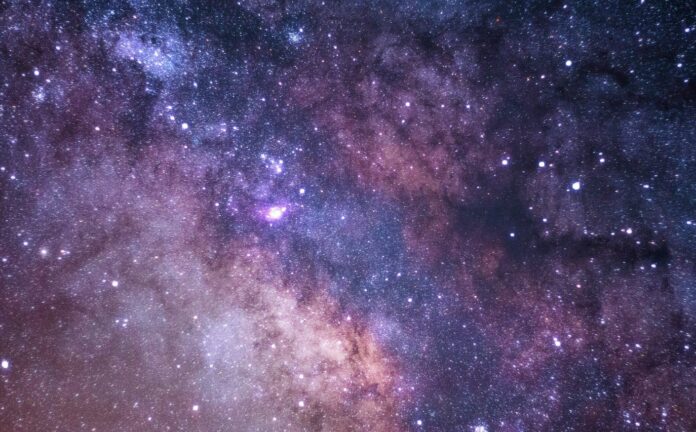Two new studies published in Nature and Nature Communications describe observations of over 2,000 bursts from a rapid radio burst dubbed FRB 20201124A and present a model to explain the observed characteristics.
The results suggest that this fast radio burst may have come from a complexly magnetized site. This could help us figure out where these signals come from.
Fast radio bursts are electromagnetic radiation pulses with a radio frequency that were first identified in 2007.
Fast radio bursts’ physical makeup and primary source, despite the fact that several hundred have been discovered, are still unknown.
However, the origin of cosmological fast radio bursts, which are extremely far away, is still unknown. Recent observations of a Galactic fast radio burst, originating inside the Milky Way, imply that at least some originate from magnetars, a type of neutron star with a high magnetic field.
In the Nature paper, Kejia Lee and his colleagues said that they witnessed FRB 20201124A with the Five-hundred-meter Aperture Spherical radio Telescope (FAST) in China. They found 1,863 bursts in 82 hours spread out over 54 days.
FRB 20201124A is one of the most active known fast radio bursts due to its high burst rate.
During the first 36 days, they noticed random, short-term variations in the Faraday rotation measure (which assesses magnetic field intensity) of individual bursts, followed by a steady rotation measure.
This discovery, along with other things, shows that there is a complex magnetic environment within about an astronomical unit (the distance between Earth and the Sun) of the source.
Observations of its metal-rich, Milky Way-sized host galaxy reveal a barred spiral galaxy, with the source of the fast radio burst lying in a region of low stellar density between the spiral arms at a distance intermediate from the galaxy’s centre.
The authors propose that this environment is not typical for a young magnetar produced by a large star’s explosive supernova.
In the Nature Communications paper, Fayin Wang and his colleagues show how the physical properties of FRB 20201124A can be explained.
They propose that the repeating signal originates from a binary system including a magnetar and a Be star with a disc (a star hotter, bigger, and revolving faster than the Sun).
The authors say that more research should look for fast radio burst signals in Be–X-ray binaries.
Source: 10.1038/s41586-022-05071-8 & 10.1038/s41467-022-31923-y
Image Credit:
You were reading: New Observations: The FRB May Originate From A Complex Magnetized Site
